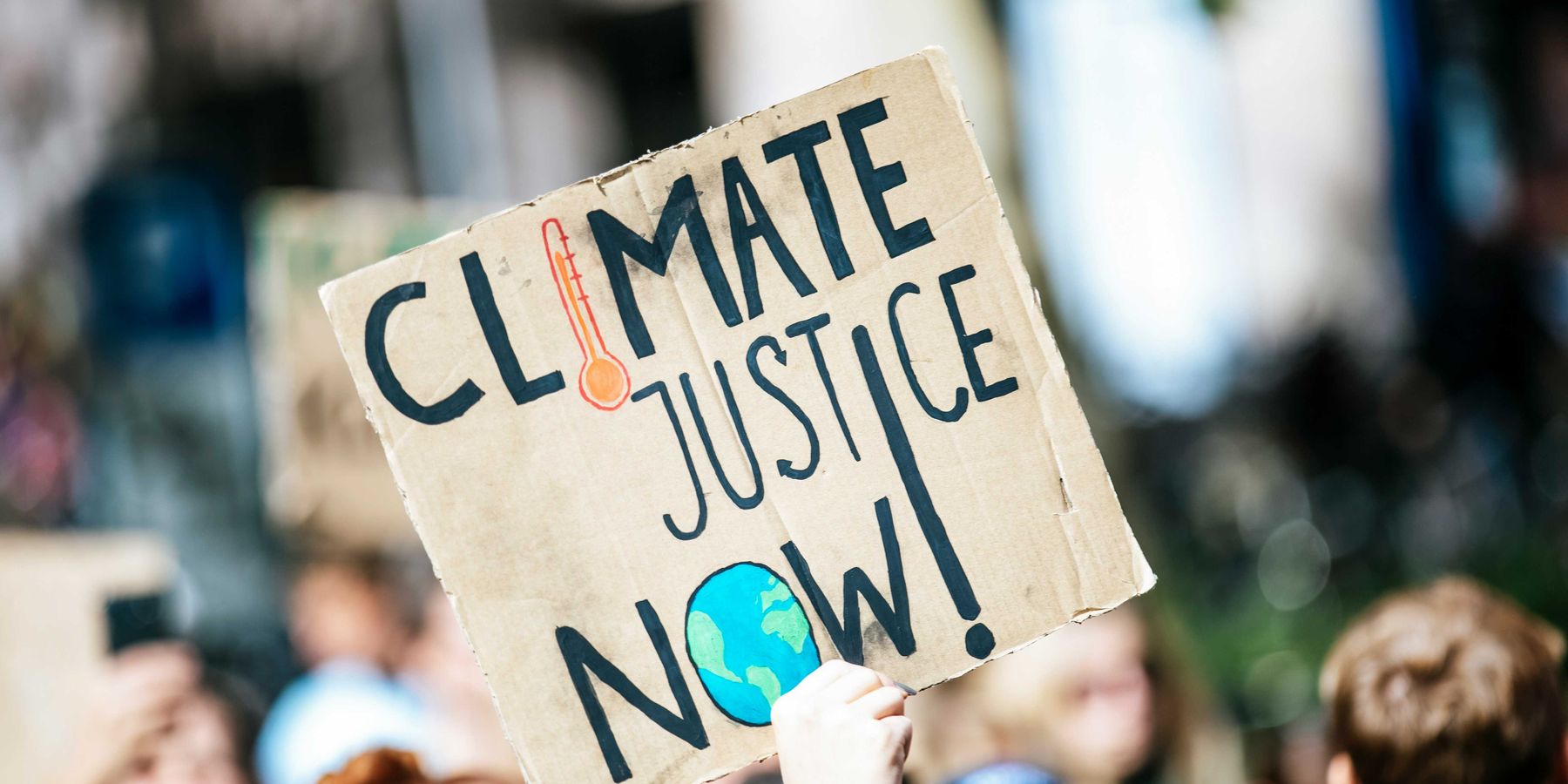Climate change leads to unexpected greening in drylands
Increased CO2 levels are causing vegetation growth in drylands despite predictions of widespread desertification.
Fred Pearce reports for Yale Environment 360.
In short:
- Rising CO2 levels are enhancing photosynthesis, helping plants in arid regions use water more efficiently.
- This "CO2 fertilization effect" is leading to increased vegetation in drylands, including areas in Africa, Australia, and India.
- However, this greening may deplete scarce water supplies and disrupt local ecosystems.
Key quote:
“Greening is happening in most of the drylands globally, despite increasing aridity.”
— Jason Evans, water-cycle researcher at the Climate Change Research Centre of the University of New South Wales in Sydney, Australia
Why this matters:
While this greening effect may seem beneficial, it's crucial to understand the broader implications. Enhanced vegetation can temporarily stabilize soils, reducing dust storms and providing habitat for wildlife. However, this could be a double-edged sword. The types of plants thriving may not be the native species but rather opportunistic, invasive plants that could alter the local biodiversity and disrupt existing ecosystems.













